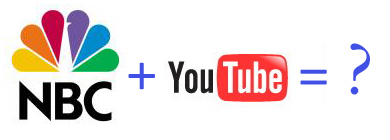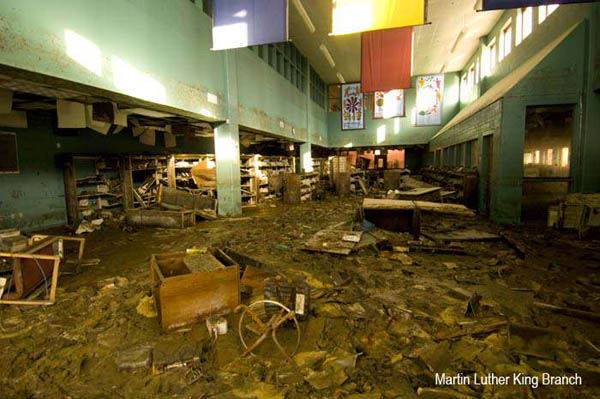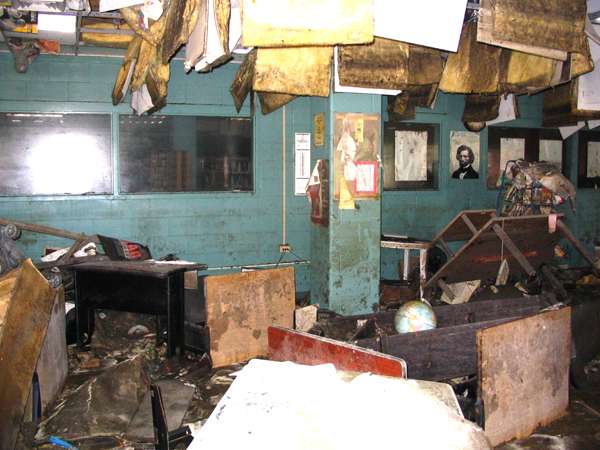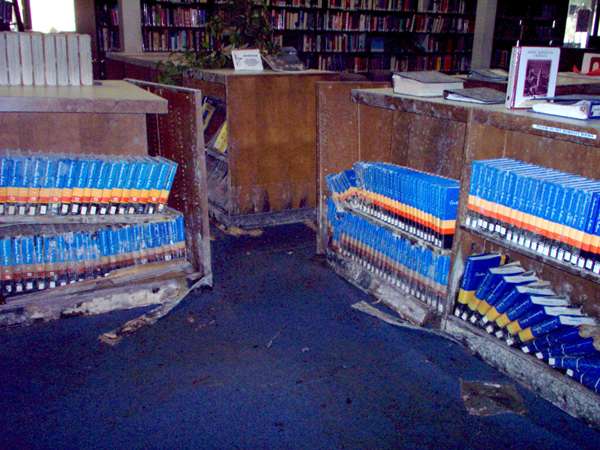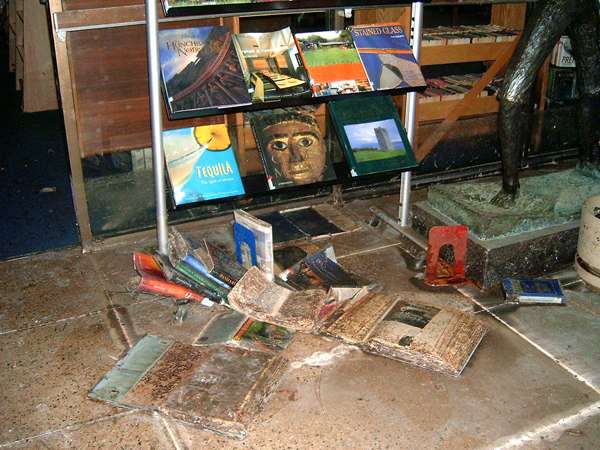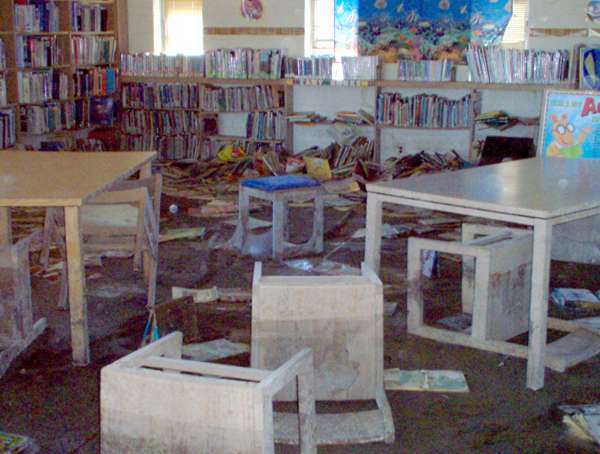Jeff Jarvis came by the Institute yesterday for pizza and a stimulating two-hour chat on the shifting sands of news media and publishing. Lately, Jeff has been re-thinking the term “citizen journalism,” an idea and a corresponding movement he has done much to promote. The problem as he sees it is that citizen journalism implies an opposition between professional and non-professional producers of news, when the goal should be closer collaboration between the two. All are citizens: the pro reporter, the lone blogger, the activist, the bystander with the camera phone; and the best professional journalism often comes out of the strong civic sense of its practitioners.
Jarvis has now posed “networked journalism” as a possible alternative to citizen journalism, and as a better tool for understanding the dramatic realignment of authority and increased access to the means and channels of news production that we are witnessing today. He may as well be talking about networked books here, our ideas or so fundamentally similar (it chimes especially well with this earlier discussion of GAM3R 7H30RY, “what the book has to say“):
“Networked journalism” takes into account the collaborative nature of journalism now: professionals and amateurs working together to get the real story, linking to each other across brands and old boundaries to share facts, questions, answers, ideas, perspectives. It recognizes the complex relationships that will make news. And it focuses on the process more than the product.
…After the story is published — online, in print, wherever — the public can continue to contribute corrections, questions, facts, and perspective … not to mention promotion via links. I hope this becomes a self-fulfilling prophecy as journalists realize that they are less the manufacturers of news than the moderators of conversations that get to the news.
I love this idea of the journalist as moderator of a broader negotiation of the truth. And we see it happening with editors too. The Korean news site Ohmy News is the world’s largest citizens media enterprise, drawing all its content from amateur writers. But it is staffed with professional editors, and so the news is the product of a collaborative network that spans Korean society. This is the big shift: a dialogic approach to the telling of a story, the gathering of facts, the development of an idea. And it applies as much to newspapers as to books, though the upheaval is far more evident right now in the province of news. Like news, certain kinds of books will evolve away from being the product of a single reporter, and become more of a collaborative process of inquiry, with the author as moderator. The reader suddenly is a participant.

